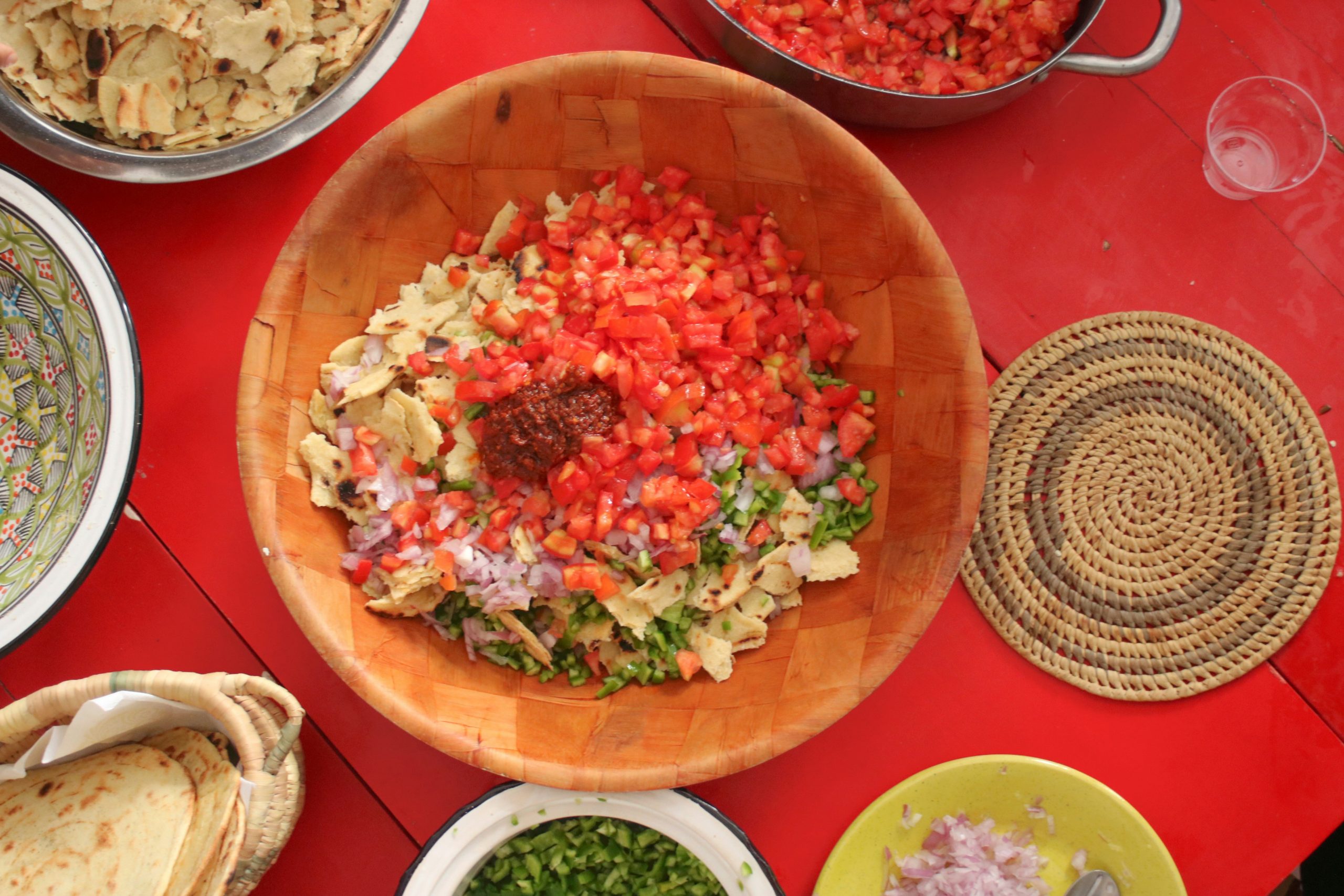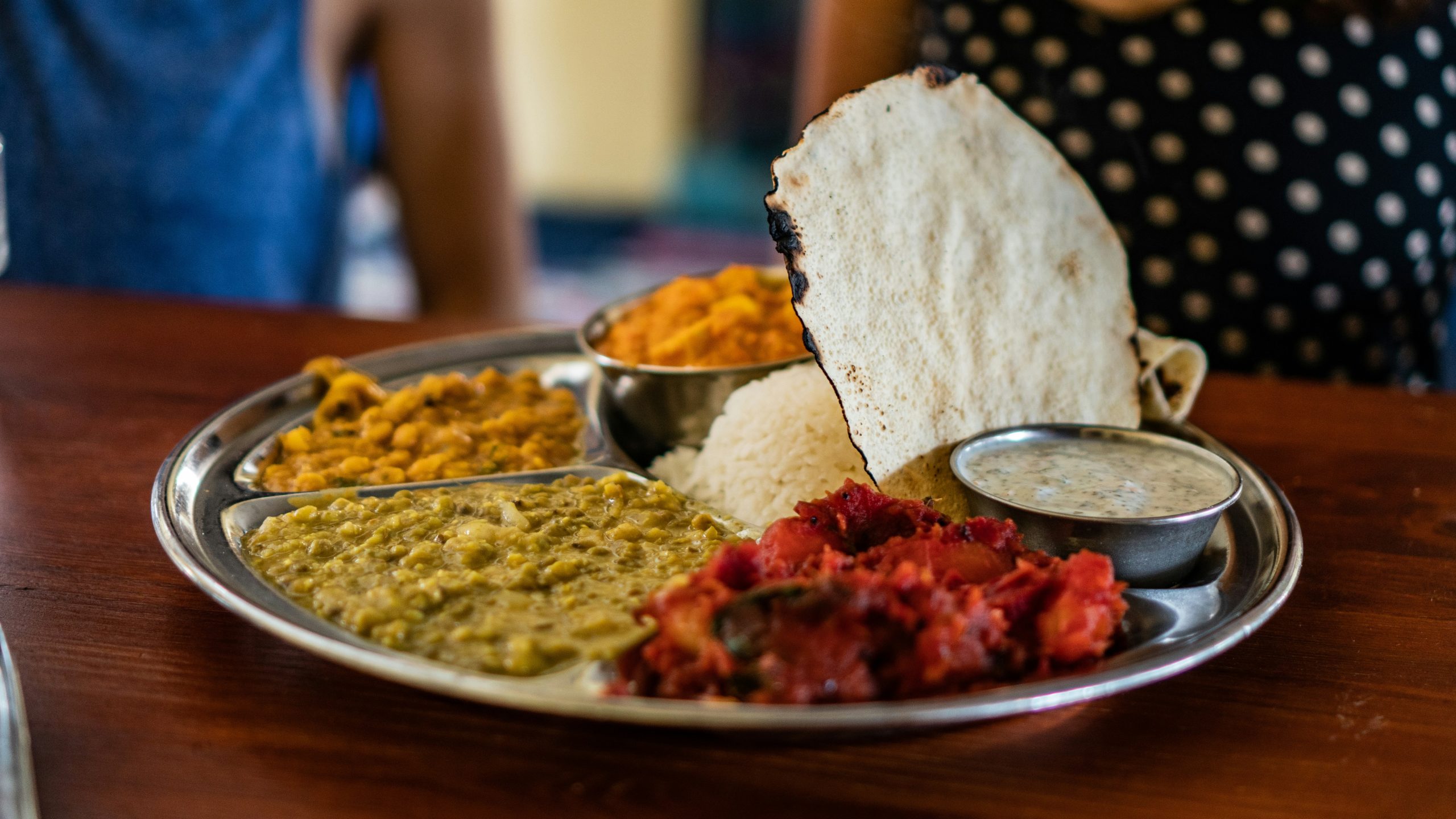What Makes Ethiopian Cuisine Culturally Unique and Transformative
Walking into my first Ethiopian restaurant fifteen years ago, I honestly had no idea what I was getting myself into. The aromatic cloud of berbere spice that hit me at the door was unlike anything I’d experienced—warm, complex, almost mystical in its intensity. What I discovered that evening wasn’t just a meal; it was an entirely different philosophy about food, community, and sharing that has fundamentally shaped how I think about dining ever since.
Ethiopian cuisine stands apart from virtually every other culinary tradition I’ve encountered, and trust me, I’ve spent considerable time exploring food cultures across six continents. What makes it so distinctive isn’t just the flavors—though they’re absolutely extraordinary—but the entire cultural framework surrounding how food is prepared, served, and experienced together.
Ancient Culinary Foundations and Historical Evolution
The roots of Ethiopian cuisine stretch back thousands of years, creating what food historians consider one of Africa’s most sophisticated culinary traditions1. What fascinates me most is how this cuisine developed in relative isolation—Ethiopia was never fully colonized, which means their food culture evolved organically without the massive external influences that shaped so many other African cuisines.
This isolation created something remarkable. While neighboring regions incorporated ingredients and techniques from Arab, Ottoman, and European colonizers, Ethiopian cooks perfected their own methods over millennia. The result? A cuisine that feels genuinely ancient yet completely unique in the modern world.
Ethiopia: Birthplace of Coffee Culture
Ethiopia is literally where coffee was discovered—according to legend, by a goat herder named Kaldi around 850 CE. The traditional Ethiopian coffee ceremony, involving three rounds of brewing called abol, tona, and baraka, remains central to social life and represents the deep cultural significance of communal food and drink experiences that permeate Ethiopian society.
The ancient trade routes that connected Ethiopia to the Middle East, India, and beyond brought spices like cardamom, cinnamon, and fenugreek into the region centuries ago2. Ethiopian cooks didn’t just adopt these spices—they transformed them into something entirely their own. Berbere, the foundational spice blend, can contain anywhere from 12 to 20 different spices, each toasted and ground according to recipes passed down through generations.
What strikes me as particularly ingenious is how Ethiopian cuisine adapted to the country’s diverse geography and climate. From the highland plateau to the lowland regions, cooks developed techniques that maximized flavor while working with available ingredients. The result is a cuisine that’s both deeply rooted in place and remarkably sophisticated in its complexity.
The Art and Science of Berbere Spice Mastery
Here’s where Ethiopian cuisine gets absolutely fascinating—and where I initially got completely overwhelmed as a home cook trying to replicate these flavors. Berbere isn’t just a spice blend; it’s practically a culinary philosophy unto itself. Every family, every region, sometimes even every cook has their own closely guarded berbere recipe3.
The complexity is mind-boggling. Traditional berbere combines dried chilies, garlic, ginger, sacred basil, korarima (Ethiopian cardamom), rue, ajwain, nigella, and fenugreek—just to start. But here’s what really gets me excited: each spice is toasted individually to bring out its unique characteristics before grinding. The chilies alone might include four or five different varieties, each contributing different heat levels and flavor profiles.
I spent months trying to perfect my own berbere blend, and honestly? I’m still learning. What I’ve discovered is that berbere isn’t just about heat—though it definitely brings that. It’s about creating layers of flavor that unfold on your palate. The initial warmth gives way to floral notes, then earthy undertones, followed by a gentle burn that builds slowly rather than attacking your taste buds.
Injera: More Than Bread, It’s Cultural Foundation
If berbere is the soul of Ethiopian cuisine, then injera is absolutely the foundation everything else rests upon. This spongy, slightly sour flatbread made from teff flour isn’t just food—it’s the plate, the utensil, and often the main source of nutrition all rolled into one.
Why Injera Matters Beyond Taste
Injera serves multiple cultural functions: it’s environmentally sustainable (teff grows well in Ethiopia’s climate), nutritionally complete (high in protein and fiber), and socially unifying (everyone eats from the same injera, literally bringing people together around shared food).
The fermentation process alone fascinated me when I first learned about it. Traditional injera requires three to five days of natural fermentation using wild yeasts and bacteria present in the environment4. This creates that distinctive tangy flavor and spongy texture that’s perfect for soaking up the rich stews and sauces that define Ethiopian meals.
What really strikes me about injera is how it transforms the entire dining experience. You don’t need plates, forks, or knives. The injera serves as your plate, and you tear off pieces to scoop up the various dishes. This isn’t just practical—it’s profoundly communal. Everyone reaches across the same surface, shares the same bread, participates in the same physical act of eating.
Teff itself is remarkable. This tiny grain, smaller than a poppy seed, is packed with nutrition and grows well in Ethiopia’s challenging climate conditions. It’s naturally gluten-free, high in protein, and contains all eight essential amino acids5. From a sustainability perspective, teff is incredibly resilient—it can grow in conditions that would devastate other grains.

The Revolutionary Nature of Communal Dining Traditions
This is where Ethiopian culture absolutely blew my mind and changed how I think about meals forever. The traditional Ethiopian dining experience—called “gursha”—involves feeding others at your table directly with your hands. Not passing food, not serving someone else’s plate, but literally placing food in someone else’s mouth as an act of love, respect, and community building.
The first time someone offered me gursha, I’ll admit I hesitated. Coming from a Western background where sharing food this intimately felt foreign, I wasn’t sure how to respond. But accepting that morsel of spicy lentils wrapped in injera from a near-stranger’s hands was transformative. It broke down barriers instantly and created an intimacy that’s rare in our increasingly isolated dining culture.
| Ethiopian Dining Element | Cultural Significance | Social Function | Modern Relevance |
|---|---|---|---|
| Gursha (hand feeding) | Demonstrates love and respect | Creates intimacy and trust | Counteracts social isolation |
| Shared injera surface | Unity and equality | No hierarchy at table | Promotes inclusivity |
| Coffee ceremony | Spiritual and social ritual | Community gathering | Mindful connection practice |
| No individual plates | Collective over individual | Shared responsibility | Environmental sustainability |
Ethiopian meals are designed to last hours, not minutes. The coffee ceremony alone can take two hours, involving three rounds of brewing and drinking. This isn’t inefficiency—it’s intentional community building. In our fast-paced world, there’s something radical about insisting that meals should be slow, contemplative, and deeply social.
Religious Traditions Shaping Culinary Innovation
What absolutely fascinated me as I delved deeper into Ethiopian cuisine was discovering how religious practices—particularly the Ethiopian Orthodox Church’s extensive fasting periods—fundamentally shaped the entire food culture6.
Ethiopian Orthodox Christians observe fasting periods that total nearly 200 days per year. During these times, no animal products whatsoever are consumed. Rather than viewing this as a restriction, Ethiopian cooks turned it into an opportunity for incredible culinary creativity.
The result? An absolutely stunning array of plant-based dishes that are hearty, complex, and deeply satisfying. Dishes like misir wot (spiced red lentils), gomen (collard greens with garlic and ginger), and shiro (ground chickpea stew) weren’t afterthoughts—they were the main event, developed over centuries to be nutritionally complete and incredibly flavorful.
This religious influence created something remarkable: a cuisine where plant-based eating isn’t seen as alternative or restrictive, but as traditional and celebratory. Long before Western cultures began embracing plant-based diets for health or environmental reasons, Ethiopian cuisine had perfected the art of making vegetables and legumes the stars of the meal.
Regional Diversity and Contemporary Evolution
One thing that continually surprises people unfamiliar with Ethiopian cuisine is the incredible regional diversity. Ethiopia encompasses dozens of ethnic groups, each contributing their own culinary traditions and ingredients to the broader food culture7.
In the northern highlands, you’ll find dishes heavily influenced by ancient trade routes—more Middle Eastern spices, different preparation techniques. The southern regions incorporate more tropical ingredients and cooking methods that reflect proximity to Kenya and Sudan. The eastern areas show Somali influences, while western regions have developed techniques adapted to different climate conditions.
- Tigrayan cuisine features more wheat-based breads alongside injera
- Oromo traditions emphasize dairy products and butter-based cooking
- Somali-influenced areas use more rice and different spice combinations
- Southern regions incorporate ensete (false banana) as a staple carbohydrate
- Amhara cooking features the most internationally recognized dishes
- Afar cuisine adapts to nomadic lifestyles with preserved and dried foods
What excites me most about contemporary Ethiopian cuisine is watching how it’s evolving while maintaining its cultural integrity. Ethiopian restaurants worldwide are adapting traditional techniques to local ingredients, creating fusion dishes that honor the original while embracing innovation. At the same time, there’s a strong movement to preserve traditional knowledge, with grandmothers teaching younger generations the precise techniques for making perfect berbere or achieving ideal injera fermentation.
Experience Ethiopian Cuisine Authentically
Find a local Ethiopian restaurant and go with friends—Ethiopian food is meant to be shared. Order a combination platter to experience multiple dishes, participate in the coffee ceremony if offered, and don’t be surprised if fellow diners offer you gursha. Embrace the communal nature of the experience—it’s unlike anything else in the culinary world.
The global appreciation for Ethiopian cuisine continues growing, and rightfully so. It offers something our food culture desperately needs: genuine community, sustainable practices, incredible flavor complexity, and a dining philosophy that prioritizes connection over convenience. Every time I share an Ethiopian meal, I’m reminded that food isn’t just about nutrition or even taste—it’s about creating bonds, honoring traditions, and experiencing joy together.
References and Further Reading



